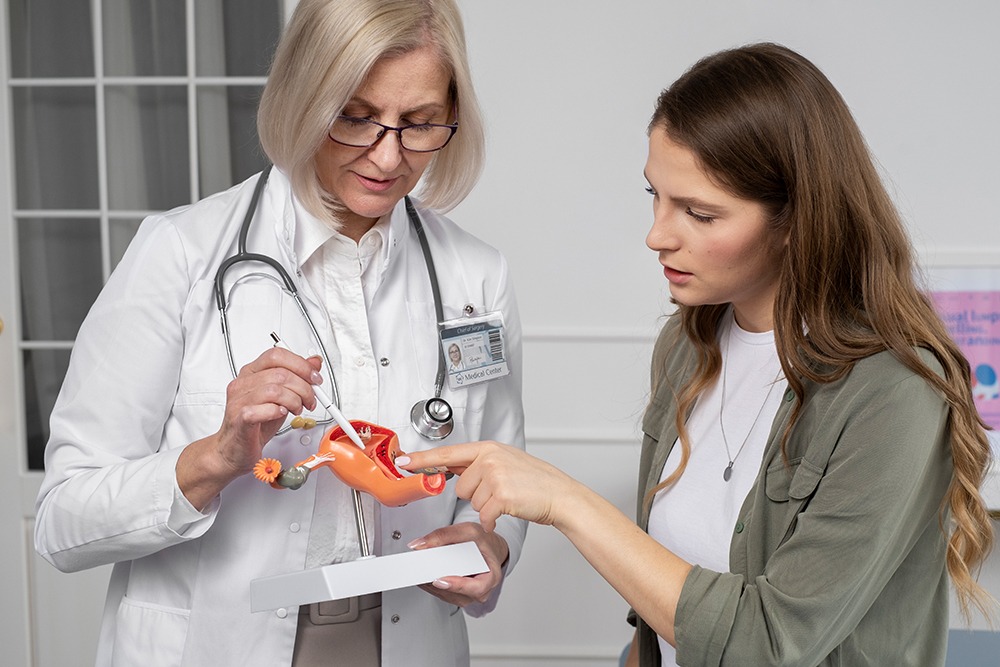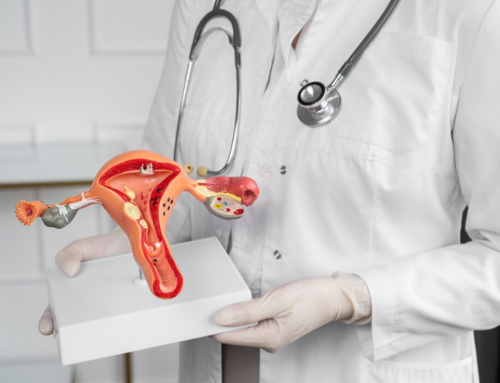Endometriosis
Endometriosis is a complex condition characterized by the growth of endometrial-like tissue outside the uterus, often resulting in chronic pain, menstrual irregularities, and fertility challenges. For many, surgery becomes a necessary step to manage symptoms, remove endometrial lesions, and improve quality of life. If you or someone you know is considering surgery for endometriosis, understanding what to expect can help prepare for the journey ahead. This blog post outlines the surgical process and recovery.
Types of Surgery for Endometriosis
Laparoscopy
The most common surgical option, laparoscopy is a minimally invasive procedure used to diagnose and remove endometrial lesions. Small incisions are made in the abdomen, through which a camera and surgical instruments are inserted to excise or destroy endometrial tissue.
Laparotomy
In more severe cases, or when extensive scar tissue is present, a laparotomy may be recommended. This open surgical procedure involves a larger incision in the abdomen to provide better access to the affected areas.
Hysterectomy
In cases where endometriosis has severely impacted the uterus and other treatments have failed, a hysterectomy – the removal of the uterus – may be considered. This option is generally reserved for women who do not plan to conceive in the future.
Preparing for Surgery
Preparation for endometriosis surgery may involve several steps, including preoperative testing, discussions about anesthesia, and planning for recovery. Your medical team will guide you through these preparations, addressing any questions or concerns you may have.
The Day of Surgery
On the day of your surgery, you’ll undergo general anesthesia, meaning you’ll be asleep and pain-free throughout the procedure. The duration of the surgery varies depending on the extent of the endometriosis and the surgical approach used.
Recovery Process
Immediate Postoperative Period
Recovery from surgery begins in the hospital, where pain management and monitoring for any complications are the primary focus. Most patients can go home within a day or two following laparoscopic surgery, but a longer hospital stay may be required after a laparotomy.
Short-term Recovery
Once home, it’s important to rest and allow your body to heal. You’ll receive instructions on caring for your incisions, recognizing signs of infection, and managing pain. Most people can return to normal activities within a few weeks, although complete healing may take longer.
Long-term Management
Surgery can provide significant relief from endometriosis symptoms, but it’s not a cure for the condition. Discussing long-term management strategies with your healthcare provider, including hormone therapy or additional treatments, is essential to prevent symptom recurrence.

Emotional Support and Resources
Undergoing surgery for endometriosis can be emotionally challenging. Support from family, friends, and support groups can be invaluable during this time. Additionally, resources such as counseling services can help manage the emotional and psychological aspects of living with endometriosis.
Summary
Surgery for endometriosis aims to alleviate symptoms, improve fertility prospects, and enhance overall well-being. While the thought of surgery may be daunting, being well-informed and prepared can ease the journey. Working closely with your healthcare team to understand your options, the risks and benefits, and the recovery process will empower you to make informed decisions about your health. Remember, you’re not alone, and support is available to help you navigate this part of your endometriosis journey.








Leave A Comment